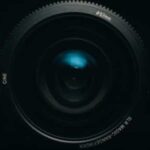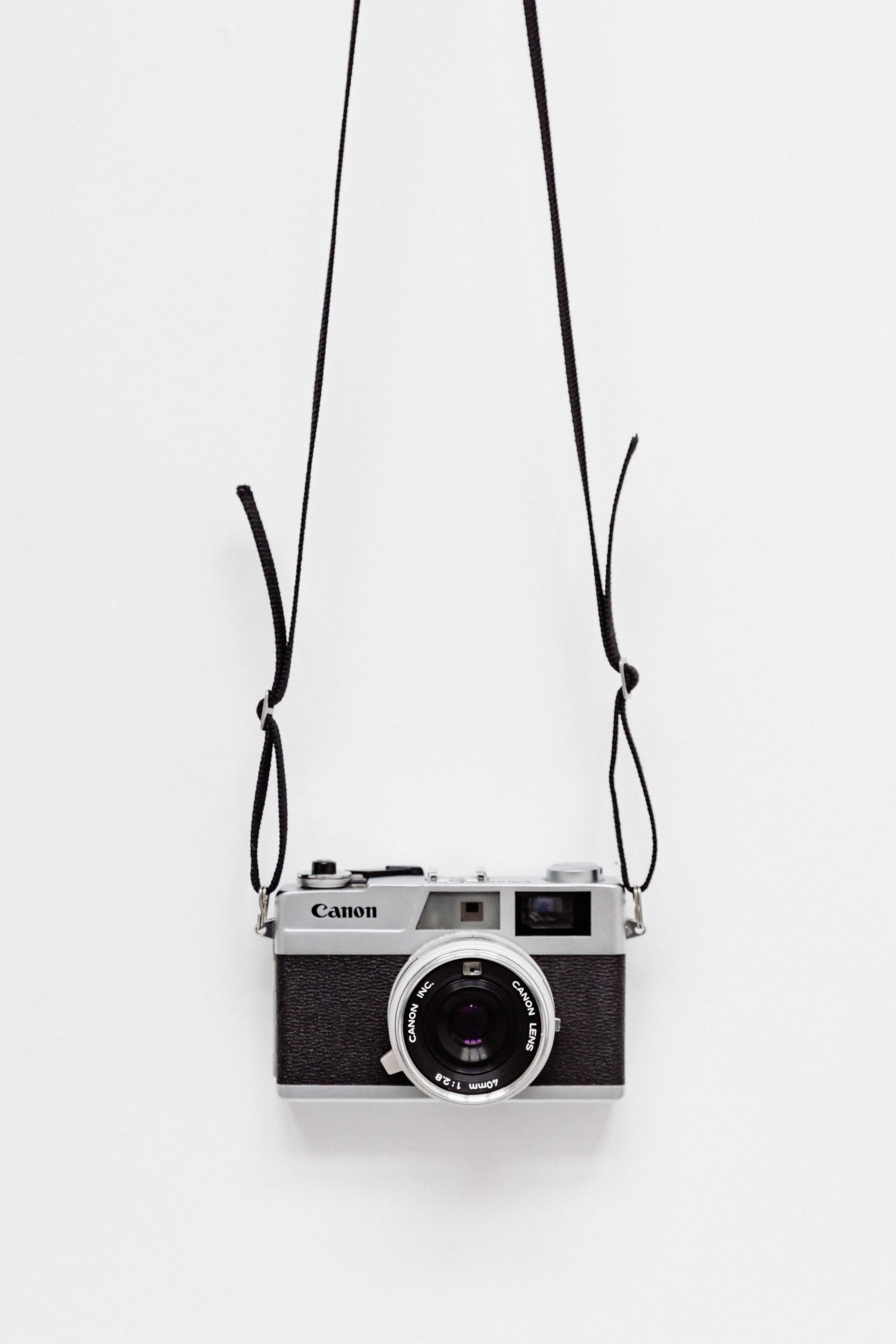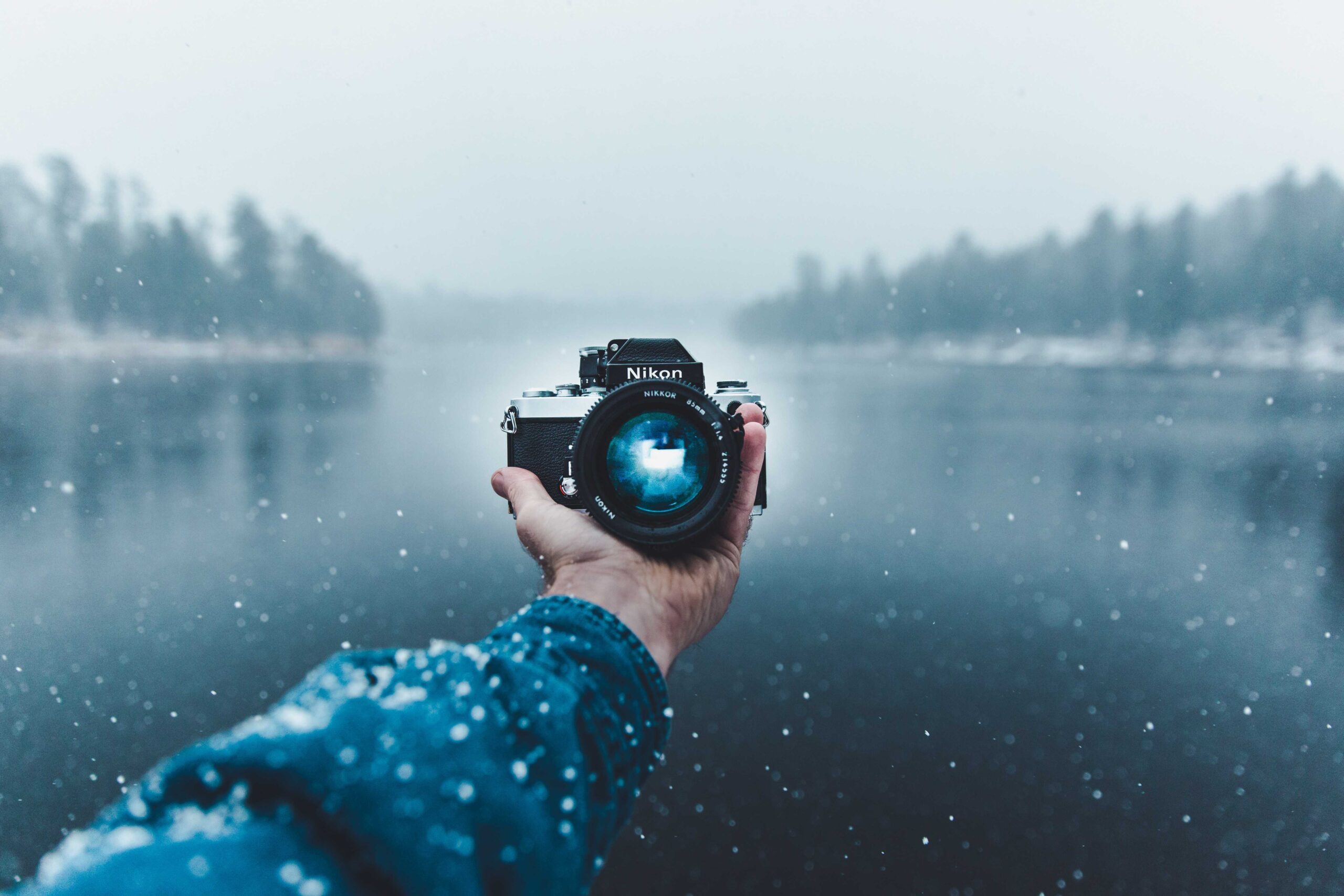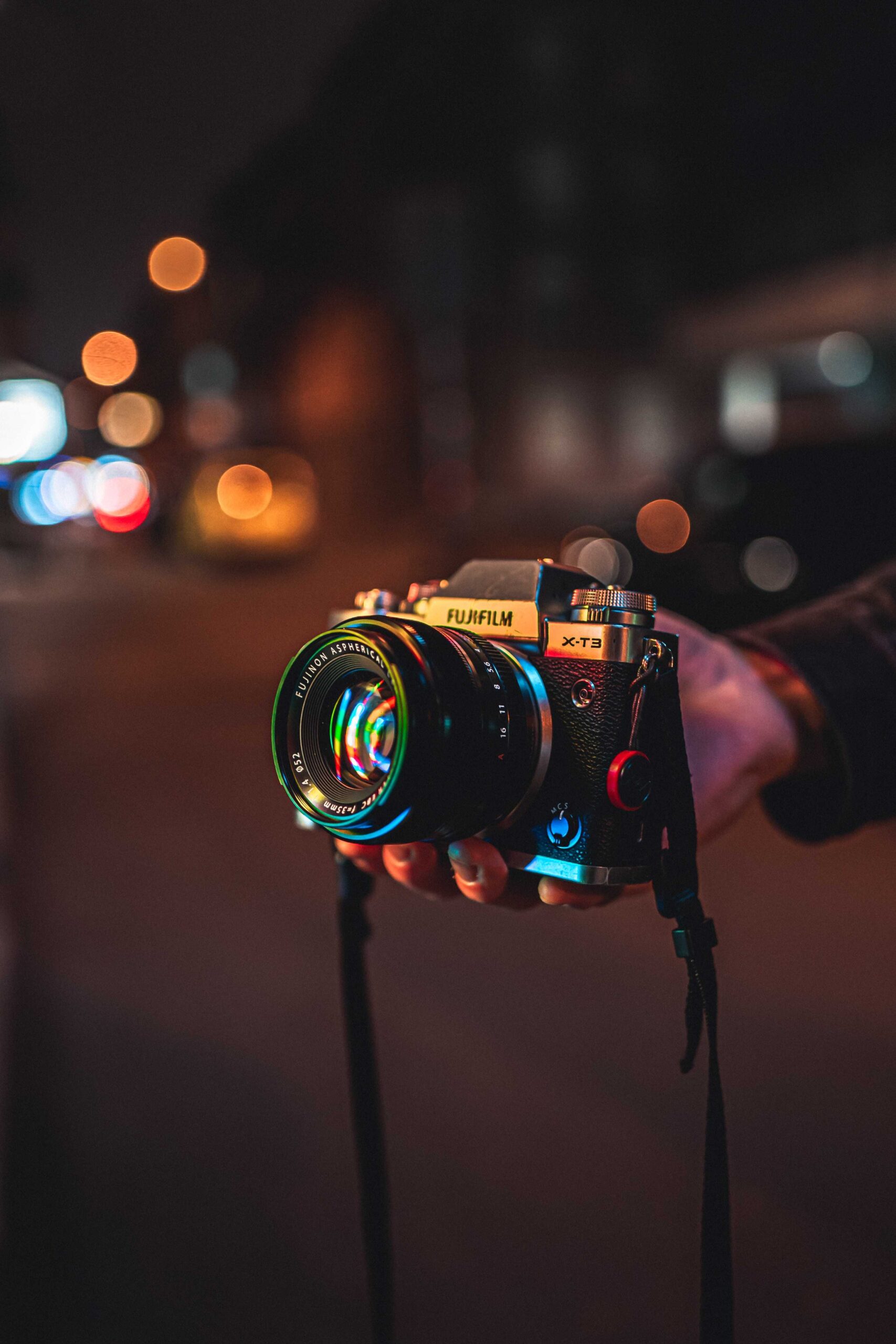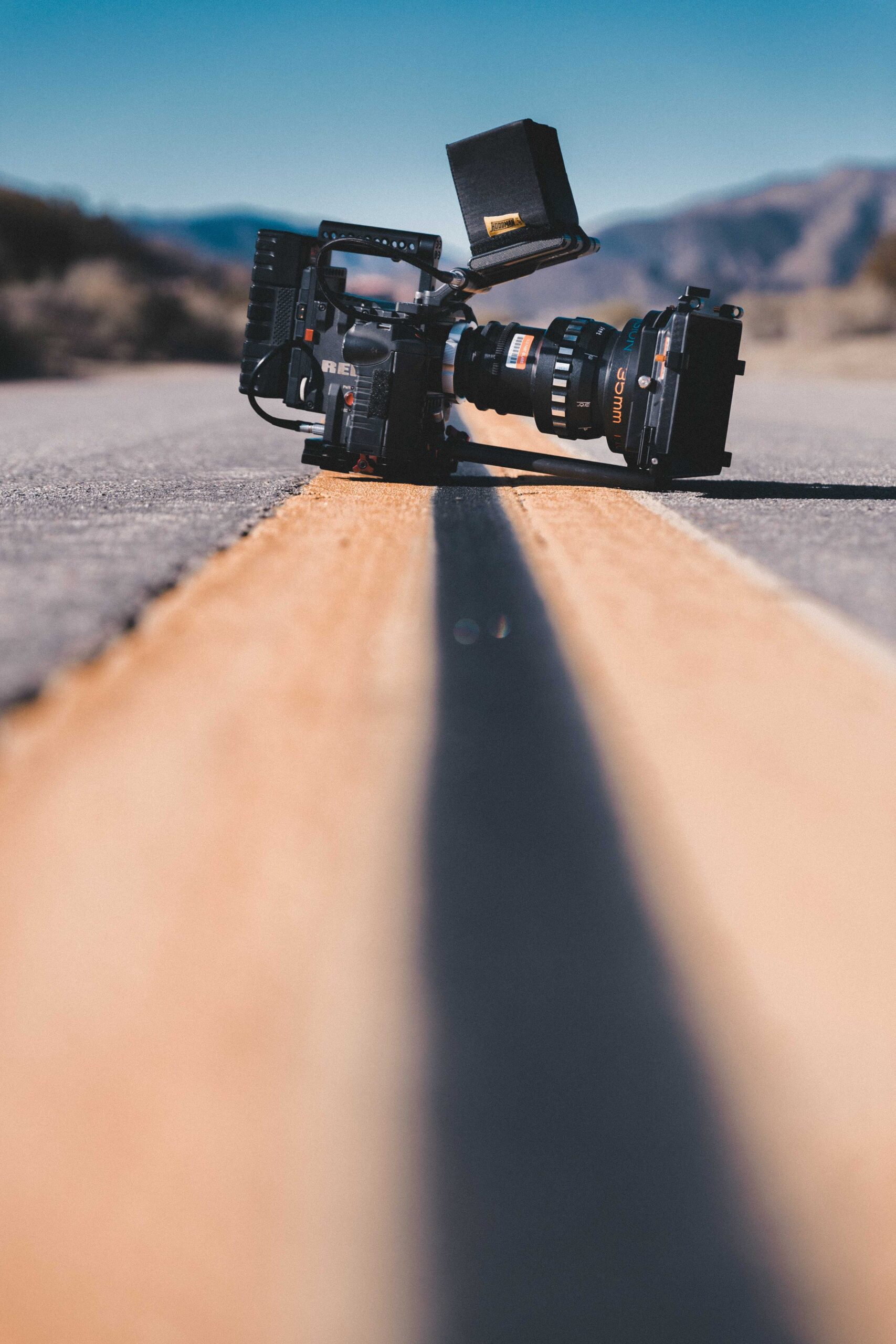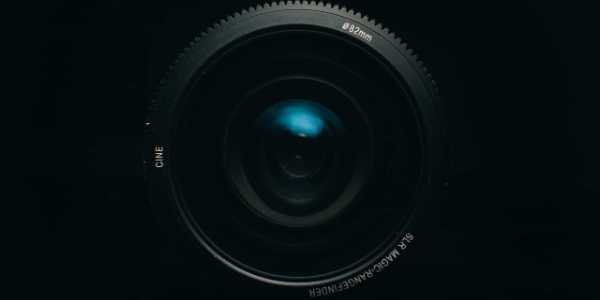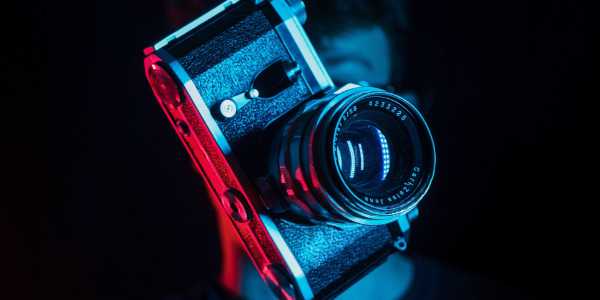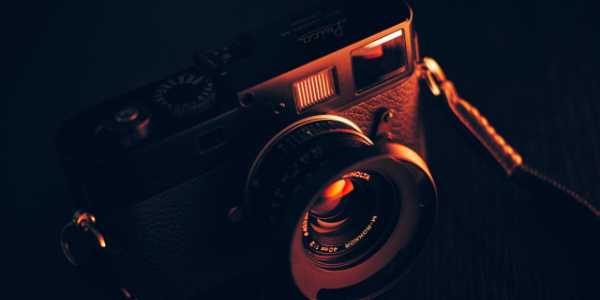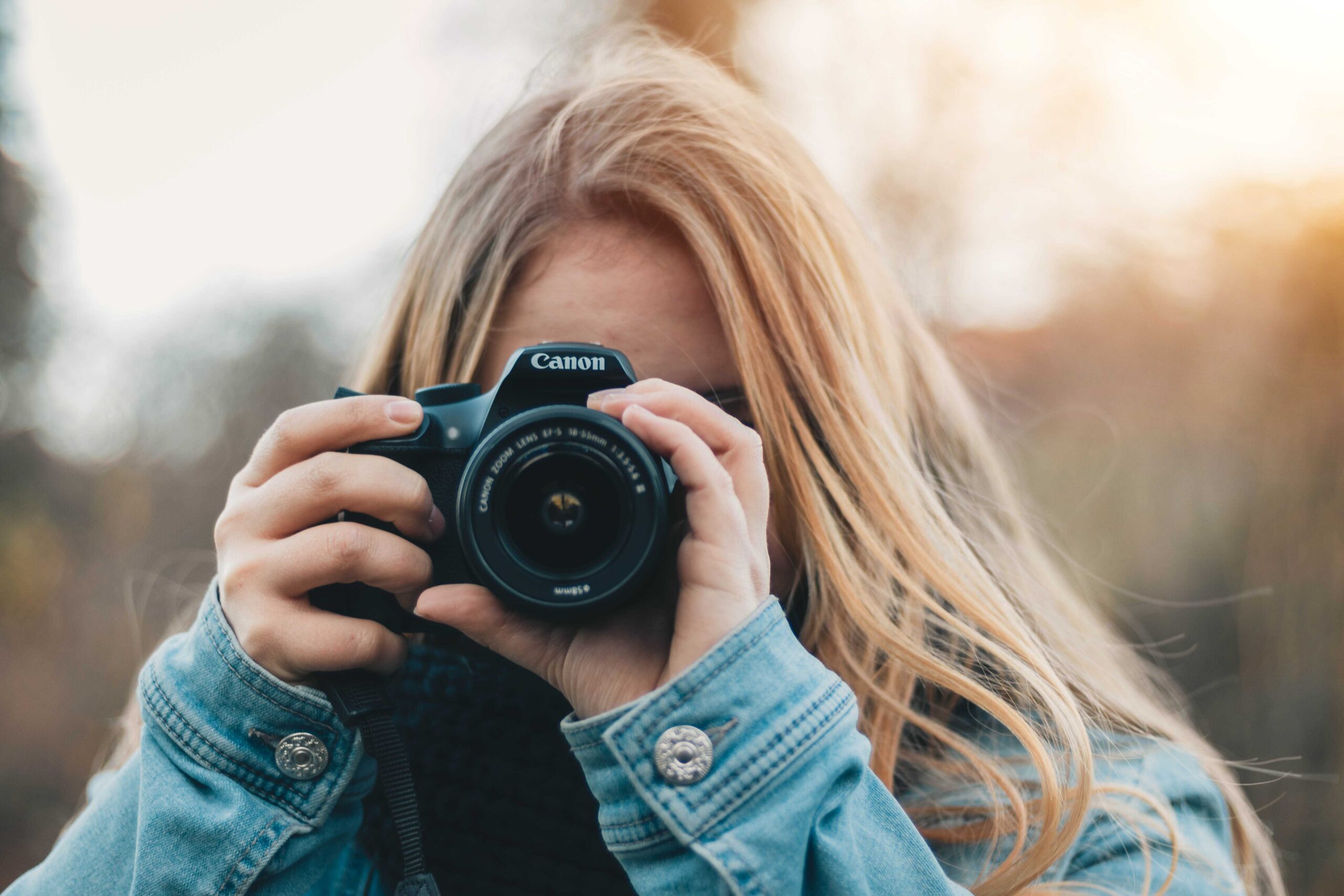
The Impact Of Camera Shutter Count On Image Quality
In the world of photography, image quality is of utmost importance. Photographers strive to capture stunning, sharp images and leave a lasting impression on viewers. However, many factors can affect the overall quality of an image, including camera settings, lens choice, lighting conditions, and post-processing techniques. One often overlooked factor is the camera shutter count.
The shutter count refers to the number of times your camera’s shutter has been activated or fired since it was manufactured. Every time you press the shutter button to take a photo, this count increases by one. While it may seem trivial at first glance, understanding how your camera’s shutter count impacts image quality can help you make informed decisions when buying or using cameras.
The Impact Of Camera Shutter Count On Image Quality:

1) Mechanical Wear and Tear:
As with any mechanical device in constant use over time, cameras experience wear and tear on their moving parts – particularly their shutters. The more shots your camera has taken (i.e., higher shutter count), the greater the chance there is for mechanical failures or inconsistencies in performance.
When these issues arise due to high usage levels (e.g., worn-out springs or misaligned components), they can directly impact image quality by causing blurred photos or uneven exposure across frames.
2) Reduced Dynamic Range:
Another aspect affected by high shutter counts is dynamic range – a sensor’s ability to capture details in both highlights and shadows within an image. Over time, as shutters are, they may not close ideally during each shot, resulting in light leaks around edges, leading to reduced dynamic range capabilities compared to newer ones, where everything remains tight, ensuring ring optimal results every single click!
3) Noise Levels:
Noise reduction technology has come leaps & bounds recently, but even then, noise still exists mainly when shooting under low-light scenarios such as night-time cityscapes, etc.; however, what most people don’t realize until later down the line after purchasing their camera is that noise levels increase as the shutter count rises.
This happens due to wear and tear on the sensor, which can lead to increased electronic noise. This means that images taken with a high shutter count camera may have more noticeable grain or digital artifacts than those born with a newer camera.
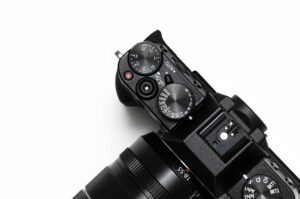
Conclusion:
In conclusion, while many factors contribute to image quality in photography, it’s essential not to overlook the impact of your camera’s shutter count. Understanding how mechanical wear and tear affects performance, reduced dynamic range capabilities over time, and increased electronic noise levels can help you make informed decisions when buying or using cameras.
It’s essential for photographers who rely heavily on their equipment for professional work such as wedding shoots where every moment counts; they need reliable gear capable enough to deliver desired results without any hiccups consistently. If you’re considering purchasing a second-hand DSLR from someone online marketplace like eBay, etc., take into account its history, including the number of clicks registered so far – because even though the price might seem tempting upfront if there are too many miles under the hood, then chances are a good deal isn’t worth hassle later down the line!

